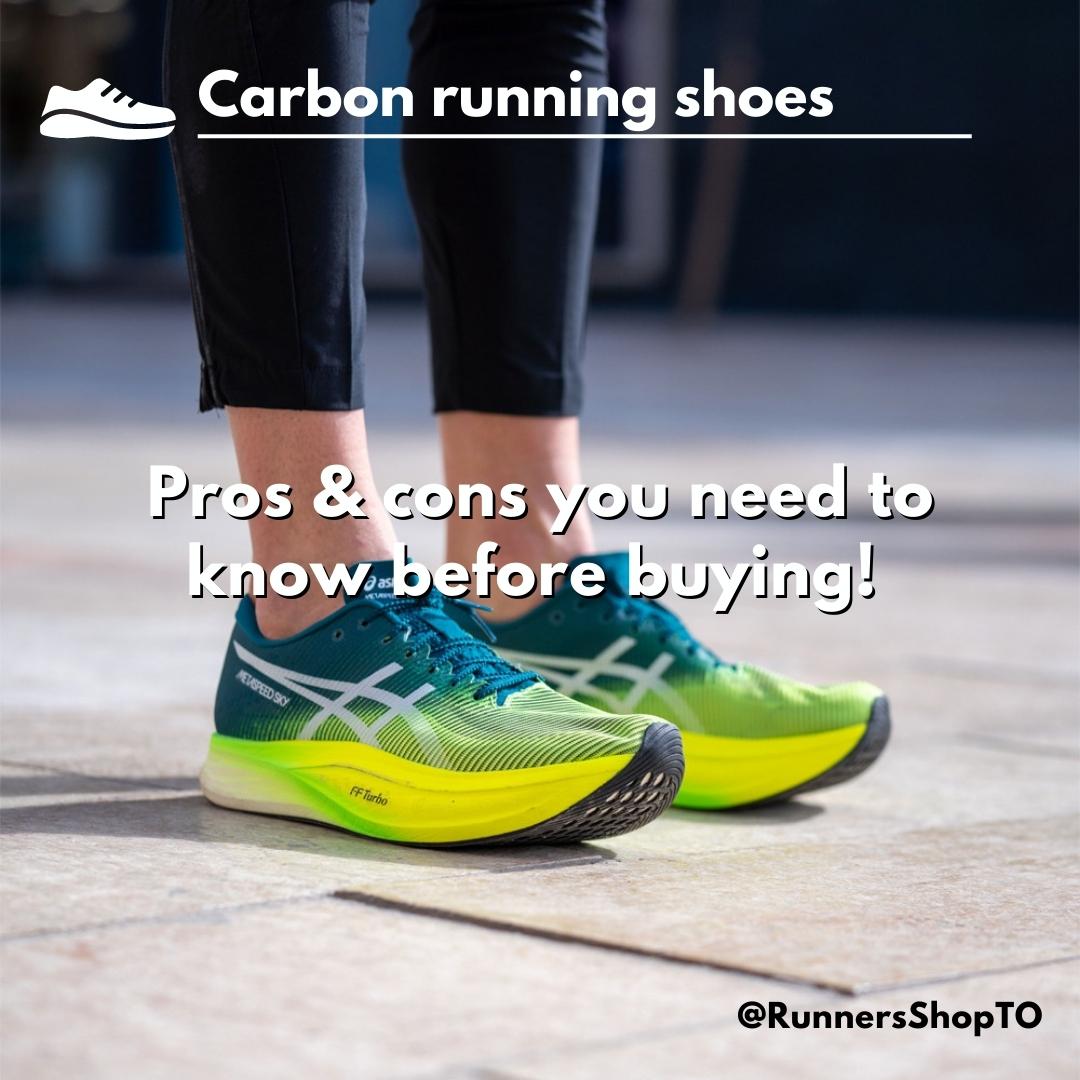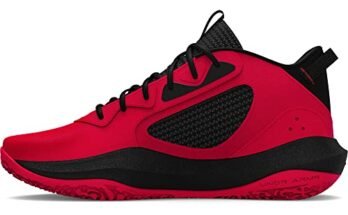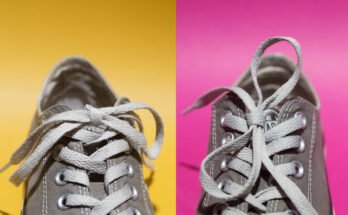Hoka shoes provide excellent cushioning and support for runners but may feel bulky to some wearers. Hoka shoes offer superior shock absorption and stability, making them a great choice for long-distance running.
With their unique design and innovative technology, Hoka shoes have gained popularity among athletes and casual wearers alike. However, the bulky appearance of Hoka shoes may not appeal to everyone’s aesthetic preferences. Despite this potential drawback, the comfort and performance benefits of Hoka shoes make them a top choice for many active individuals.
In this blog post, we will explore the pros and cons of Hoka shoes in more detail to help you make an informed decision before purchasing a pair.
Pros Of Hoka Shoes
Hoka shoes offer several benefits that cater to different needs and preferences. Whether you’re an avid runner, walker, or simply someone who values comfort, Hoka shoes have you covered.
Extra Cushioning For Comfort
Hoka shoes are renowned for their extra cushioning, providing a plush and comfortable feel with every step.
Improved Shock Absorption
The improved shock absorption in Hoka shoes helps reduce the impact on your joints and muscles during high-impact activities.
Better Stability And Balance
Experience better stability and balance while wearing Hoka shoes, thanks to their innovative design that promotes proper foot alignment.
Reduced Risk Of Injury
By wearing Hoka shoes, you can enjoy reduced risk of injury due to their supportive features that help protect your feet and ankles.

Credit: www.reddit.com
Cons Of Hoka Shoes
Hoka shoes have gained popularity for their unique design and cushioning technology, but they also come with some drawbacks. Let’s take a look at the cons of Hoka shoes:
Bulky Design
The bulky design of Hoka shoes may not be suitable for those who prefer a more streamlined and lightweight shoe. The thick midsole and oversized outsole can make the shoes feel cumbersome, especially for runners looking for a more minimalist feel.
Not Suitable For Speedwork
Hoka shoes are not ideal for speedwork or fast-paced running. The substantial cushioning and thicker sole may hinder quick turnover and responsiveness, making them less than ideal for sprinting or interval training.
May Take Time To Adjust
Some runners may find that it takes time to adjust to the unique feel of Hoka shoes. The maximalist design and significant cushioning may require a transition period for the feet and muscles to adapt, potentially leading to initial discomfort or a period of acclimatization.
Higher Price Point
Hoka shoes typically come with a higher price point compared to some other running shoe brands. While the advanced cushioning and technology justify the cost for many runners, the higher price may deter budget-conscious individuals from investing in a pair.
Hoka Shoes For Different Activities
Hoka shoes are known for their comfort and support, making them a popular choice for various activities. Whether you’re running, walking, hiking, or cross-training, Hoka offers a range of options to suit different needs. Let’s explore the pros and cons of Hoka shoes for each of these activities.
Running
Hoka running shoes are designed to provide maximum cushioning and stability, which can reduce the risk of injuries and improve overall comfort. However, some runners may find them too bulky or lacking in responsiveness.
Walking
For walking, Hoka shoes offer excellent shock absorption and a comfortable fit, making them ideal for long walks or everyday use. On the downside, some users may find them too heavy for casual walking.
Hiking
Hoka hiking shoes provide exceptional traction and support, making them suitable for hiking on various terrains. However, some hikers may feel that the cushioning is excessive, affecting their connection with the ground.
Cross-training
Cross-training in Hoka shoes can offer great stability and support for a range of exercises. Yet, some individuals may find the cushioning too pronounced, impacting their agility during dynamic movements.

Credit: www.therunnersshop.com
Hoka Shoe Technologies
When it comes to Hoka shoes, understanding the innovative technologies they incorporate can make a significant difference in your running experience. Let’s delve into the key Hoka Shoe Technologies that set these shoes apart.
Meta-rocker Technology
Hoka’s Meta-Rocker technology is designed to promote a smooth and efficient gait cycle by supporting a natural rolling motion from heel to toe.
Active Foot Frame Technology
The Active Foot Frame technology provides integrated stability, guiding your foot into an optimal position for a more balanced and secure stride.
J-frame Technology
With J-Frame technology, Hoka shoes offer strategic support around the foot’s base, enhancing stability and minimizing the risk of overpronation.
Early Stage Meta-rocker Technology
Hoka’s Early Stage Meta-Rocker technology aims to facilitate a quick and seamless transition from heel-strike to toe-off, promoting a more efficient running stride.
How To Choose The Right Hoka Shoe
Considering the pros and cons of Hoka shoes is essential when choosing the right pair. The brand’s cushioning and stability are notable advantages, but some may find the elevated sole a drawback. Assessing individual needs and preferences is key to finding the ideal Hoka shoe.
When it comes to running shoes, Hoka has become a popular choice among runners. They are known for their unique design and cushioning technology that provides comfort and support to the feet. However, with so many options available, it can be overwhelming to choose the right Hoka shoe for your needs. In this post, we will discuss the pros and cons of Hoka shoes and provide tips on how to choose the right one.Consider Your Foot Type
Before selecting a Hoka shoe, it’s important to consider your foot type. This will help you determine the level of support and cushioning you need. There are three types of feet: flat feet, neutral feet, and high arches. If you have flat feet, you need a shoe with more stability and support. For neutral feet, a shoe with moderate stability is suitable. And for high arches, a shoe with more cushioning is recommended.Determine Your Activity Level
Your activity level is another important factor to consider when choosing a Hoka shoe. If you’re a beginner or a casual runner, you may not need a shoe with advanced features. However, if you’re a serious runner or participate in high-intensity activities, you may need a shoe with more cushioning and support.Select The Appropriate Shoe Technology
Hoka shoes come with various technologies that cater to different needs. For example, the Meta-Rocker technology is designed to improve the natural gait of the foot. The J-Frame technology provides extra support to the foot. The PROFLY technology offers a responsive and cushioned ride. It’s important to select the technology that aligns with your needs.Try Them On For Fit And Comfort
Finally, it’s crucial to try on the Hoka shoe before purchasing to ensure it fits well and is comfortable. Walk around in them and test them on different surfaces to see how they perform. Pay attention to any pressure points or discomfort in the feet. In conclusion, choosing the right Hoka shoe can make a significant difference in your running experience. By considering your foot type, activity level, selecting the appropriate shoe technology, and trying them on for fit and comfort, you can find the perfect Hoka shoe for your needs.
Credit: www.healthline.com
Faqs About Hoka Shoes
Discover the advantages and disadvantages of Hoka shoes. Explore the benefits and drawbacks of these popular footwear options to make an informed decision about your next shoe purchase.
Are Hoka Shoes Good For Plantar Fasciitis?
Hoka shoes are known for their excellent cushioning and support, making them a good choice for those suffering from plantar fasciitis.
How Long Do Hoka Shoes Last?
On average, Hoka shoes last around 300-500 miles, depending on factors like usage, terrain, and maintenance.
Can I Wear Hoka Shoes For Everyday Use?
Hoka shoes are versatile and comfortable enough for everyday wear, providing cushioning and support throughout the day.
Do Hoka Shoes Run True To Size?
Hoka shoes generally run true to size, but some users may prefer sizing up for a roomier fit.
Frequently Asked Questions
What’s So Special About Hoka Shoes?
HOKA shoes are known for their superior cushioning, providing excellent comfort and support for runners.
What Do Podiatrists Think Of Hoka Shoes?
Podiatrists generally view HOKA shoes favorably due to their cushioning and support features.
Are Hoka Shoes Good For Your Feet?
Yes, HOKA shoes are good for your feet as they provide ample cushioning and support. They are designed to reduce impact and promote a comfortable walking or running experience, making them a popular choice for many people.
Which Is Better, Hoka Or Brooks?
Both HOKA and Brooks are reputable brands, but the better choice depends on individual preferences and needs. HOKA is known for its cushioning and stability, while Brooks offers a wide range of options for various running styles. Consider trying both to see which suits you best.
Conclusion
Hoka shoes offer exceptional cushioning and support, making them ideal for long-distance running and walking. However, some may find them too bulky or lacking in responsiveness. Ultimately, the decision to invest in Hoka shoes depends on individual preferences and needs.
Consider trying them out to see if they suit your unique requirements.



